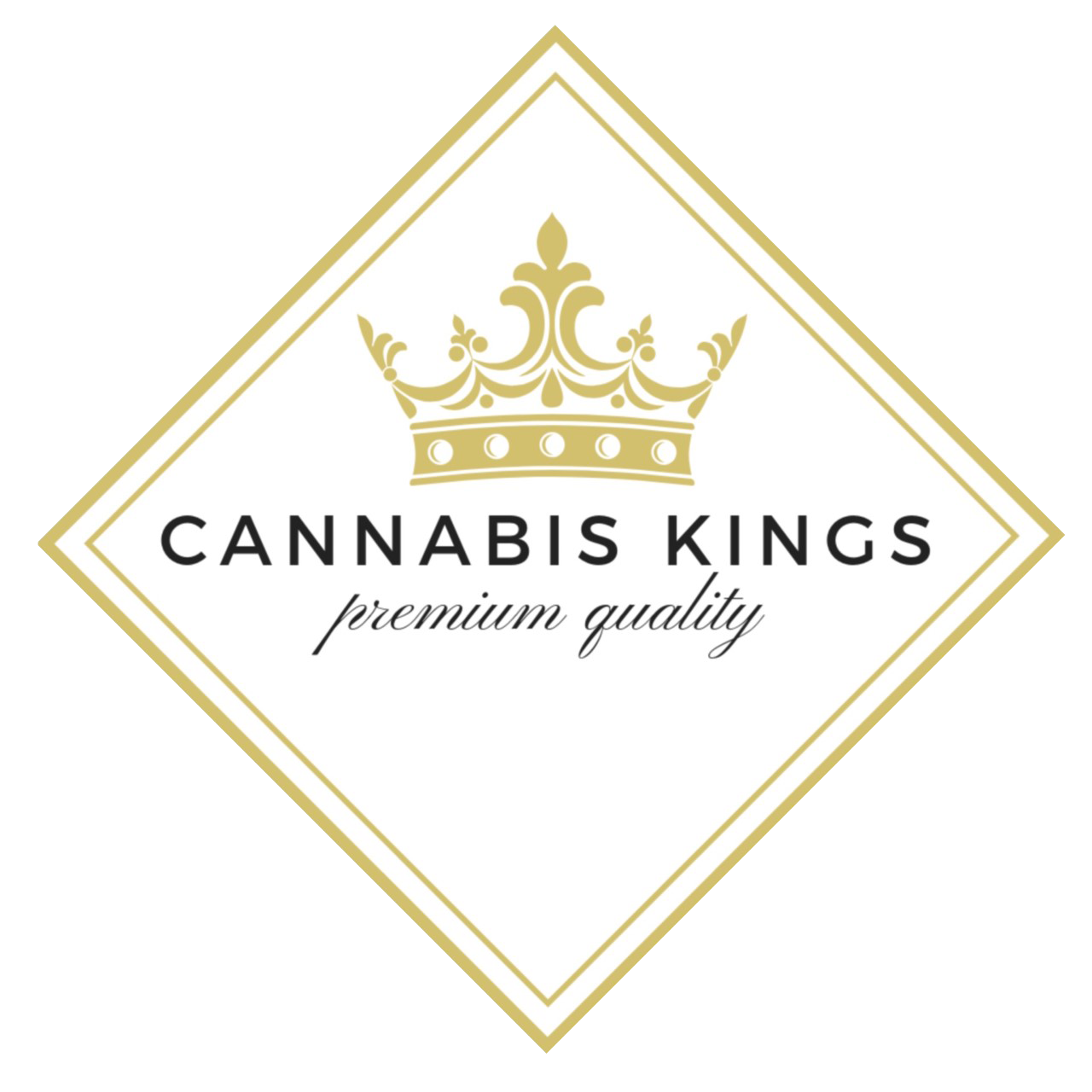Vaping – The Basics on the Lung Saver Leave a comment
In 2003, Chinese pharmacist Hon Lik was looking for a way to quit smoking that didn’t involve the need for slow release nicotine patches. In time, his quest led him to create the first ever commercially available electronic vaping device – the Ruyan e-cigarette.
The Ruyan device was the first of its kind to make use of vape juices, delivering the same concentrations of nicotine into the system at the same speed as a traditional cigarette, without the vast majority of the other 6,000 chemicals and tare residue. Once this fact became known, more and more cigarette smokers made the switch to juices to reduce the health risks of traditional smoking, and it was only a matter of time before the legal cannabis industry followed suit in both Europe and North America.
On October 17th, 2018, The Cannabis Act officially became law in Canada, which marked the first time in nearly 100 years that recreational cannabis could be legally consumed without the need for a medical diagnosis. One year later, on October 17th, 2019, the law was amended to bring cannabis vaping products under the wing of federal regulations, making the product reliability and safety standards we know today an industry standard, on par but separate from, the strict regulations of nicotine vaping products under The Tobacco Act.
Prior to the amended 2019 laws, vaping products containing cannabis were mostly a black market trend that came with certain risks and considerations.
Thankfully, the dark ages of black market cannabis vaping are largely behind us and vaping has become a staple in modern cannabis culture.
It’s been so successful in fact, that many traditional dooby die-hards are making the switch because it’s much cleaner and customizable than combustion based methods like joints, bongs, pipes and others. If you’ve ever had to clean any of those glass or metal devices you know what we mean by a cleaner high.
Vaping has taken 2 different routes that have caused clouds of interest to form around them – dry herb vaping, and juicing (juice vaping).
Each of these methods share the majority of basic properties, but have a few notable differences between them.
Dry herb vaping
Dry herb vaping is a new twist on the traditional method of smoking cannabis flower. Instead of combusting the flower with a flame in excess of 450 degrees, which burns away the fragil terpenes of cannabis flower, you instead select a temperature that best suits the extraction of the desired effects from your cannabis dry flower.
This works by using hot air to heat the cannabis flower to a set temperature as not to ignite it but to trigger the evaporation of the terpenes and also dearboxilate the THCA into the non-acidic psychoactive THC.
Different effects can be produced from the same dried flower depending on the temperature setting because different terpenes have a different evaporation temperature.
Here are some examples of boiling points for extraction:
- Limonene helps with mood and is extracted into vapor at 348 degrees
- Linalool helps with pain and sleep and is extracted into vapor at 388 degrees
- Pinene help with alertness and memory and is extracted into vapor at 311 degrees
- Beta-Caryophyllene helps with inflammation and is extracted into vapor at 266 degrees
- Myrcene helps sedate and relax and is extracted into vapor at 332 degrees
- THCA turns to THC at 314 degrees
With this kind of extraction control available in dry herb vaping, you can truly make your cannabis experience your own.
As a bonus, because plant matter is not burned off, a good level of THC and other cannabinoids are still locked in the leftover plant matter after it’s been vaped. What can you do with it? Make butter of course!
Juicing (Juice Vaping)
Juice vaping is just as clean and optionally temperature controlled as dry herb vaping (depending on your device’s capabilities), but that’s where the similarities end. Unlike dry herb vaping, juicing is an extract based form of vaping that uses concentrated, and carefully crafted vape juices that come in an almost endless array of variations.
Everything from the terpene profile, to the extracted strain, to the flavours, to the cannabinoid concentrations, can all be precisely controlled in the manufacturing process ensuring a fully customisable cannabis vaping experience.
All the rules of dry vaping when it comes to the evaporation of terpese still apply, but in this case they’re suspended in a water based liquid that’s heated with a coil in order to boil off the juice at the desired temperature, making it possible to vape it.
Unlike dry herb vaping, juicing doesn’t have any leftovers, which can make for an easier cleanup if saving dry herb doesn’t appeal to you.
Summing up
In terms of smoking cannabis, vaping is still a fairly new and sometimes misunderstood smoking strategy due to having started in the cannabis black market before it was regulated by the Canadian government in 2019. But rest assured, the science is in. Vaping is indeed much safer for your lungs than traditional forms of combustion smoking (joints, bongs, pipes, etc) because it doesn’t involve inhaling burning plant matter that carries with it tar and other burning carcinogens.
We hope your new knowledge of how vaping works can both wow your friends and help keep them healthy and happy stoners for years to come!
Before you go, check out our selection of vape products by visiting our store here!


